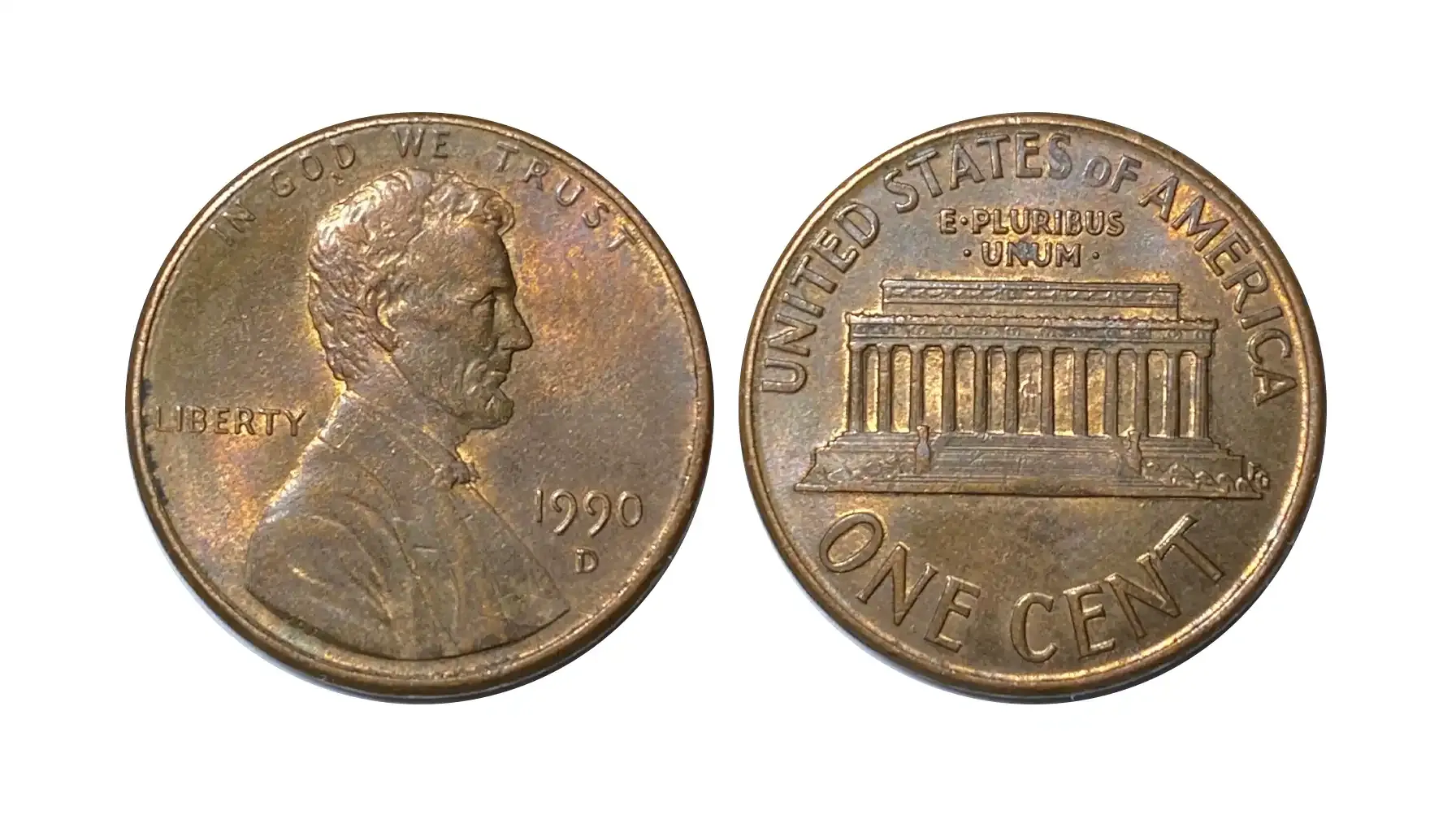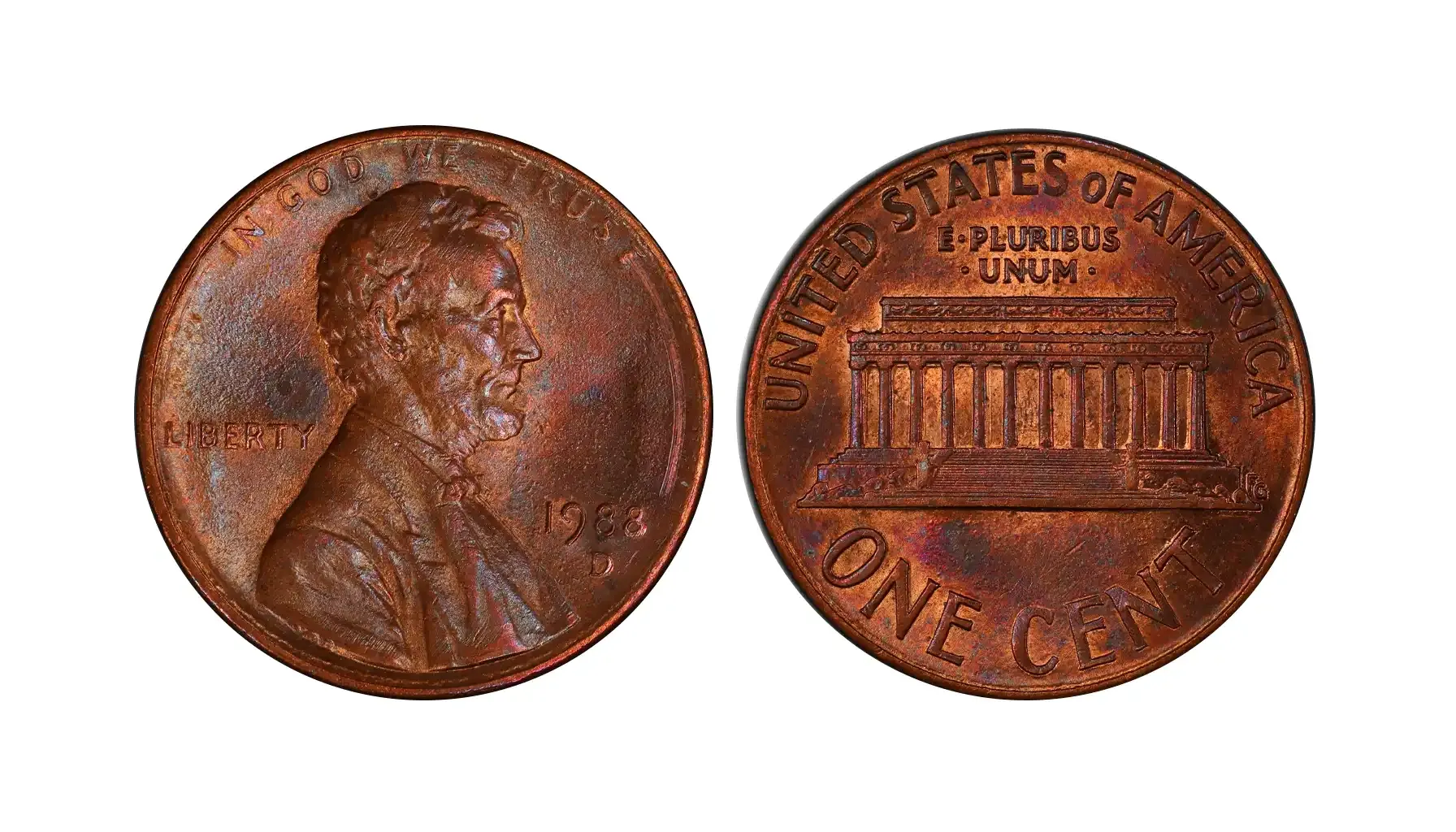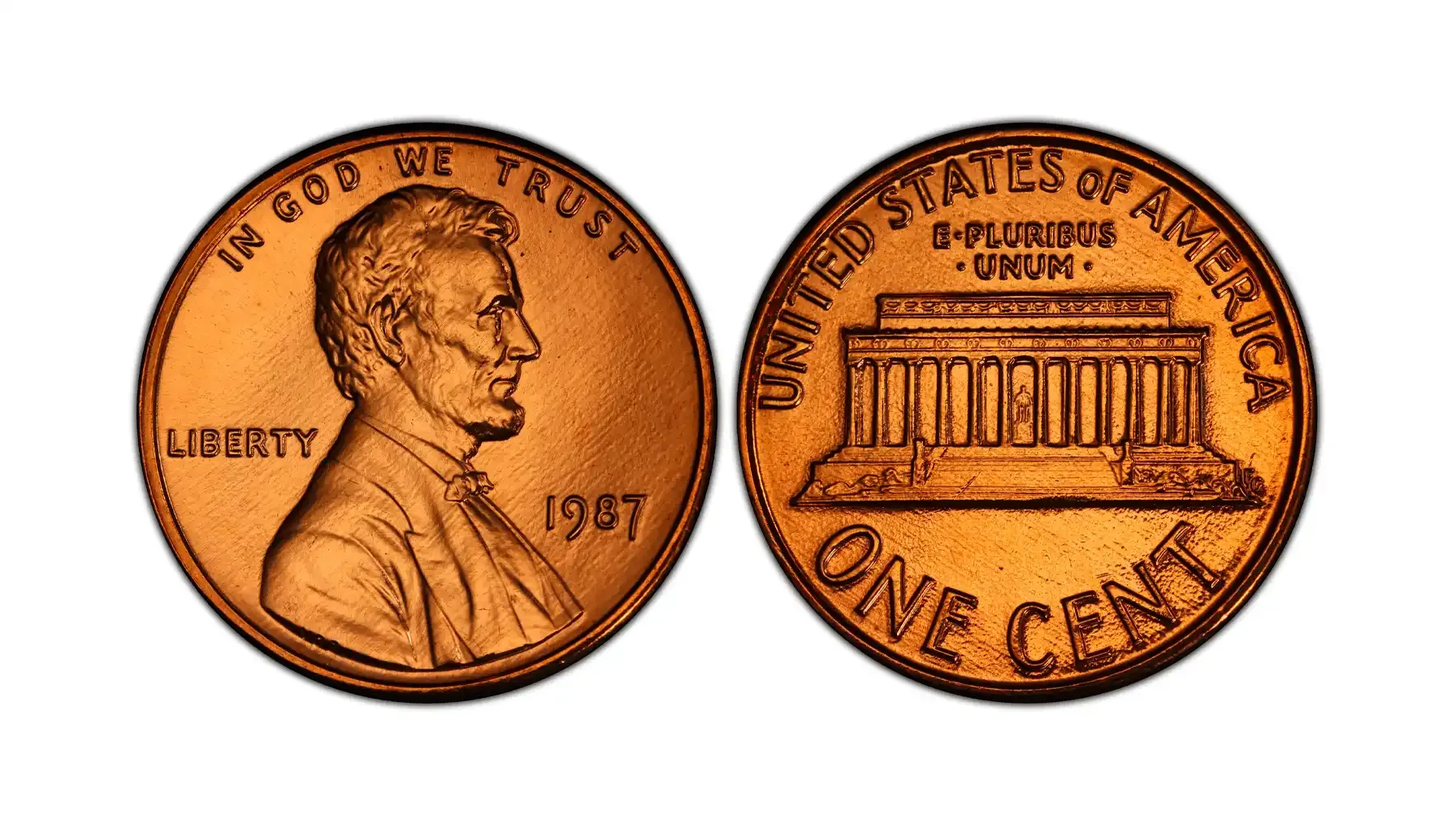Contents:
South Korea is a country with rich traditions and rapid technological progress. One of the symbols of the fusion of old and new is the 100 won coin. This South Korean coin is familiar to everyone in the country and is not just a unit of currency, but an important cultural symbol.
How can such a small object hold so many meanings and stories? At first glance, the South Korean 100 won coin is simple and modest, but if you identify these coins, you will see that their design and nominative hides a history, worthy of attention not only from numismatists, but also all interested in the culture and history of Korea.
Here are 10 most valuable specimens:
Year | Composition | Weight | Diameter | Edge | 100 Won Coin Value | Notable Details |
1991 | Copper-Nickel | 5.42g | 24mm | Reeded | $5.48 | High mintage (400 million); collectible in higher grades |
1993 | $5.98 | Uncirculated condition; limited mintage | ||||
1992 | $5.76 | VF grade; part of the standard series | ||||
1994 | $6.50 | Slightly lower mintage; higher demand among collectors | ||||
1996 | $7.00 | Scarcity in higher grades contributes to value | ||||
1998 | $8.00 | Low mintage; rare in uncirculated condition | ||||
2000 | $6.75 | Popular among collectors; moderate mintage | ||||
2001 | $6.00 | Increased collector interest due to design | ||||
2003 | $5.50 | Standard issue; value increases with higher grades | ||||
2005 | $2.50 | Common in circulated condition; higher value in uncirculated state |
Disclaimer: These specimens are typically sold through online platforms such as eBay, MA-Shops, and VCoins, with prices varying based on condition, rarity, and demand.
Reasons Why It Appeared
The 100 won coin appeared in 1970 as a symbol of a new stage of economic development in South Korea. At that time the government decided to replace small denomination paper banknotes with more convenient and durable ones to make an important step in strengthening the country's monetary system.
Why Was a New Coin Needed?
Growth of the national economy. By the mid-60s, South Korea began to transform from an agrarian country to an industrialized nation.
The desire for independence. The new one was meant to represent an independent economy and reinforce national identity.
Inflation and reformation. Old coins and banknotes were losing their purchasing power and confidence in money had to be strengthened.
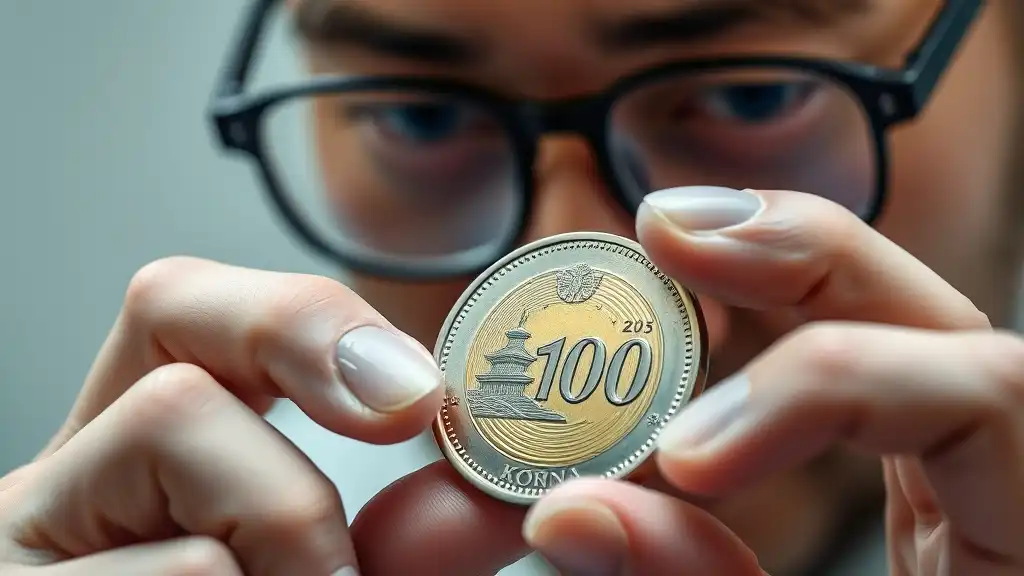
They were firstly (1970-1982) made of copper-nickel alloy (Cu-Ni, 75% copper and 25% nickel). From 1983, the material was changed to a lighter nickel-copper alloy (65 % copper and 35 % nickel) to facilitate production and reduce production costs.
Related article: Commemorative Coin Programs.
Main Characteristics of a South Korean 100 Coin
Characteristics | Description |
Year of Issue | 1970 |
Material | Copper-nickel alloy |
Weight | 5,42 g |
Diameter | 24 mm |
Obverse Design | a Korean admiral Yi Sun-sin |
Reverse Design | Denomination “100” and year of issue |
Edge | Reeded |
How much is a 100 Korean coin worth? | From $1 to $150+ depending on the condition (especially rare years) |
South Korea 100 won coin value in US | 0,076 USD = South Korean 100 won |
It is still produced, loved and widely used in South Korea as it plays a key role in everyday money transactions.
By the way! There is a belief in Korea that a 100 won coin (when carried in a wallet) brings good luck and helps to avoid unnecessary spending. |
Design
Korean coins 100 won seem plain, but the design is bursting with symbolism.
Obverse: A portrait of Yi Sun-sin in full military attire. There is nothing in the background = his unwavering resolution. The portrait is inscribed in a circle, which gives it completeness.
Reverse: The denomination ‘100’, the year of issue and the inscription ‘한국은행’ (Bank of Korea).
Why Yi Sun-sin?
This man is the great Korean military leader Yi Sun-Sin, a hero of the nation. Why exactly him? Yi Sun-sin is known as a strategist, brilliantly defended the country against Japanese invasions in the 17th century by developing unique armored ships - kobukseongs, or “turtle ships”. He succeeded in defeating the enemy even when they were numerically superior.
Remarkable that unlike many specimens that regularly change the design, 100 won remains almost unchanged for several decades. There’s a strong connection to South Korea's national identity.
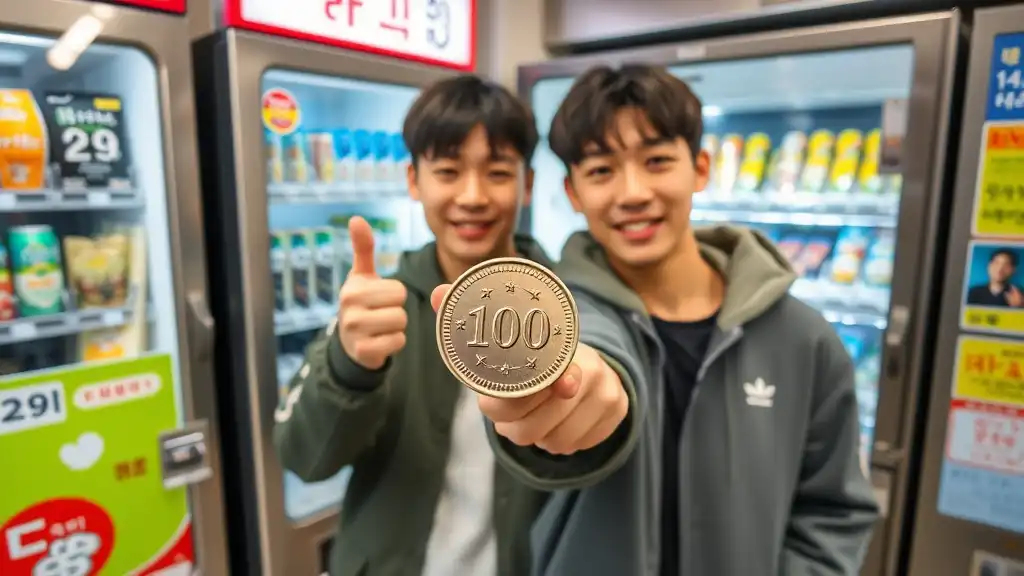
Coin Collecting and Investment Potential
Despite the fact that the 100 won is a fairly common piece available to any collector, there are a few particularly valuable specimens that attract the interest of numismatists and collectors and are pieces of investments in coin collecting today.
What are some popular examples, and how much is a South Korean 100 won coin worth?
1970 100 won: Issued in the first year of minting, these original designs are considered rare (especially if they are in excellent condition or have rare minting errors) and can be worth $50 to $200 depending on condition.
1988 Olympic 100 Won: They were issued in honor of the Seoul Olympic Games and are decorated with special symbols related to the Olympic movement. Jubilee or commemorative issues are extremely rare. The main mintage is for mass use rather than for collecting, so they are worth more than the usual one.

Note: The Coin ID Scanner application is an essential aid. With the app you will be able to determine if your specimen is a rare one, assess its condition and find out its current market value.
Just take a picture of the coin and the app will instantly offer you all the information you need, helping to save time and avoid errors in identification and valuation.

